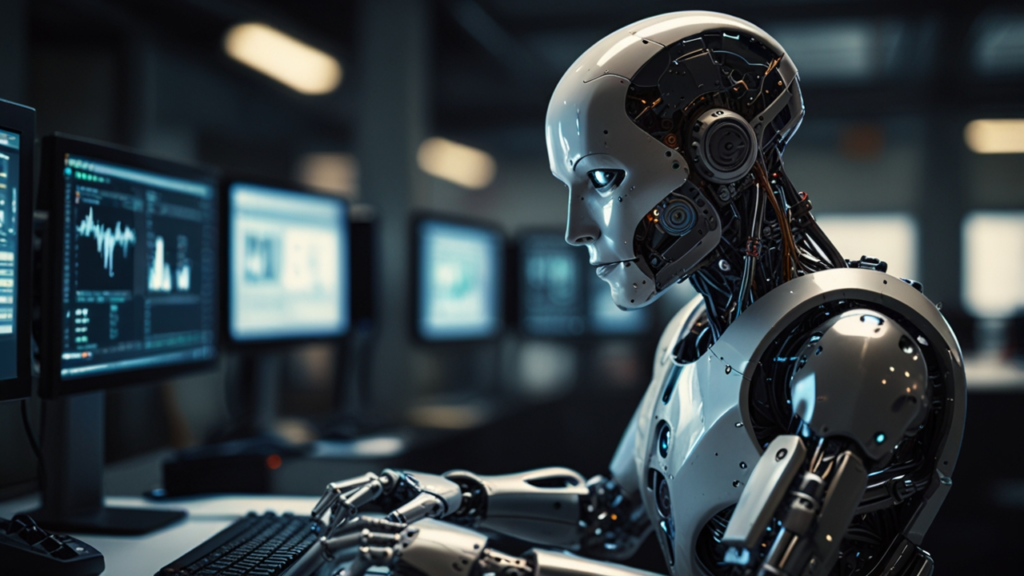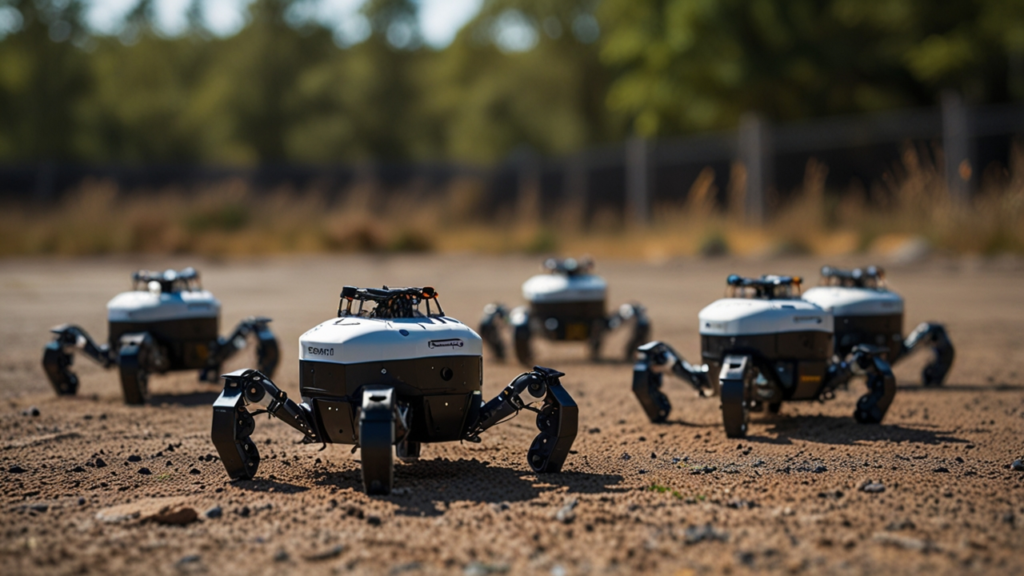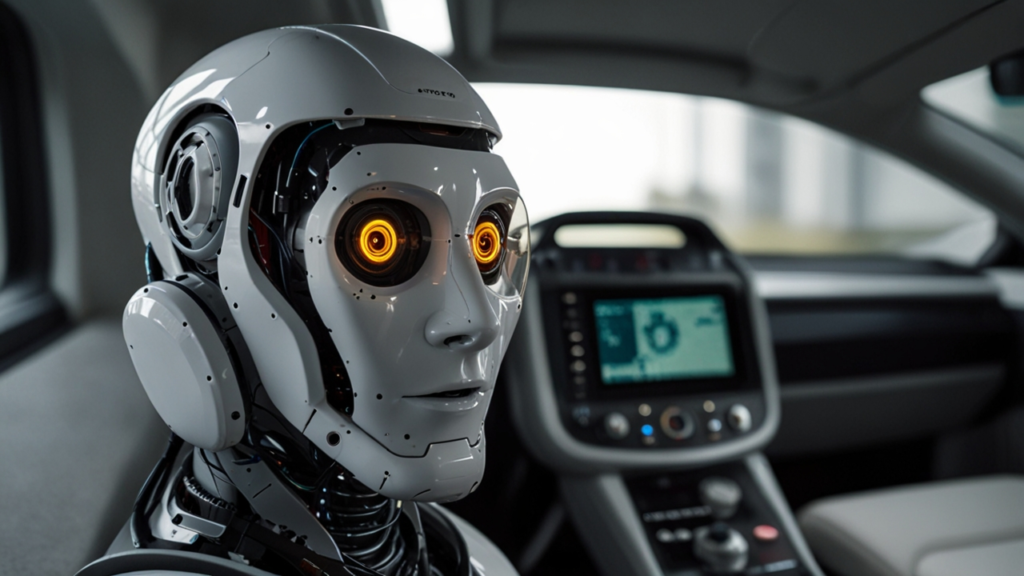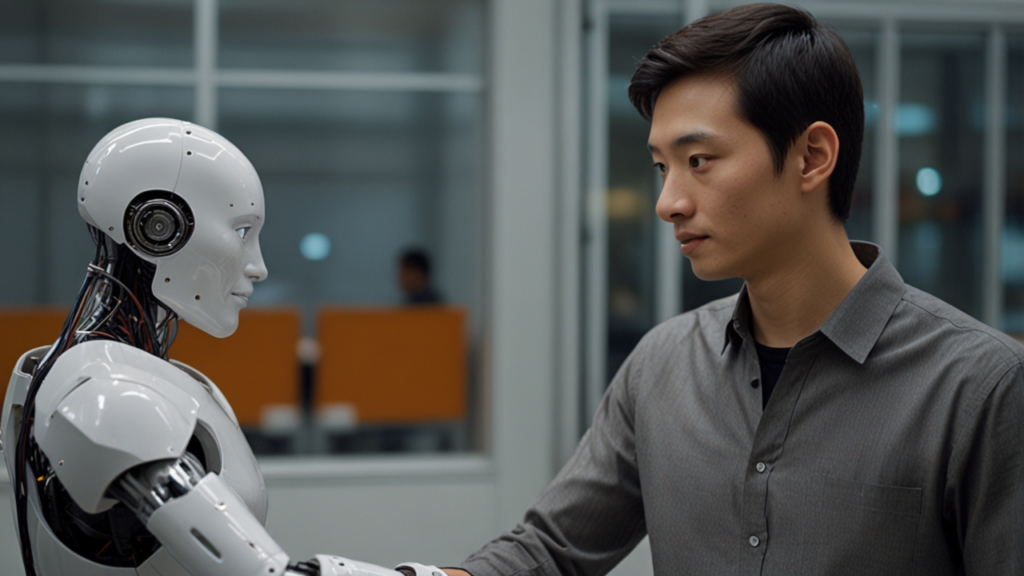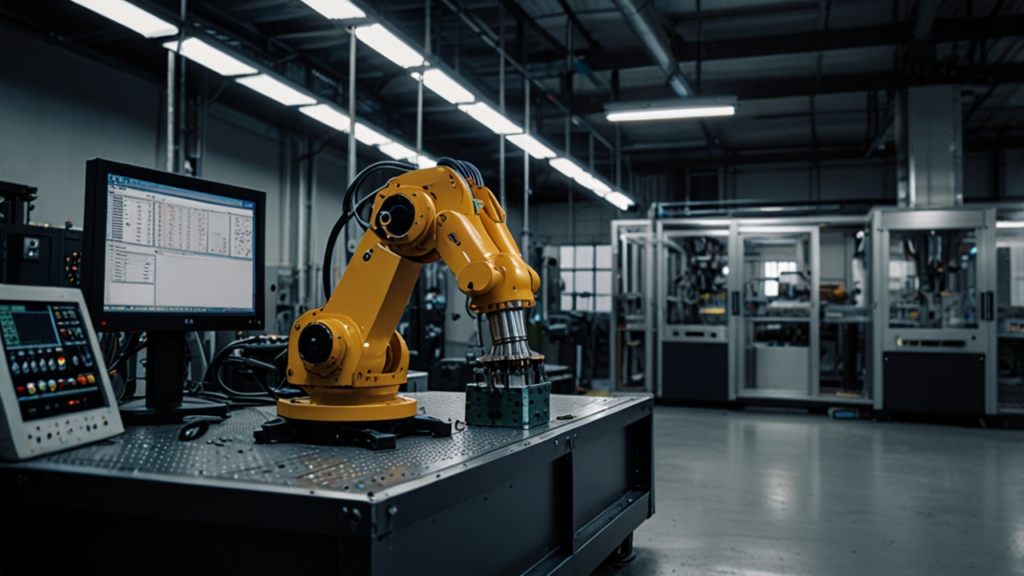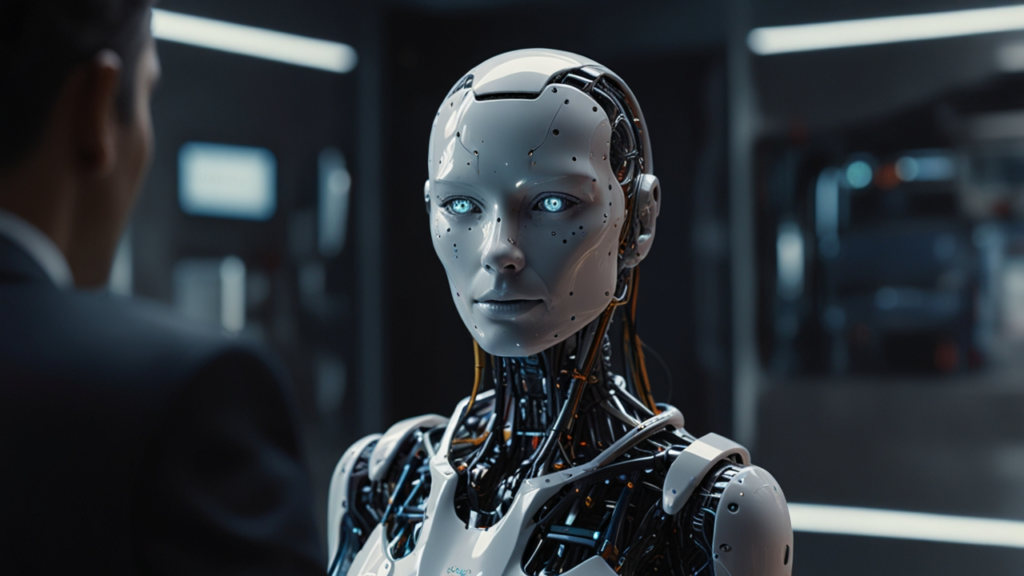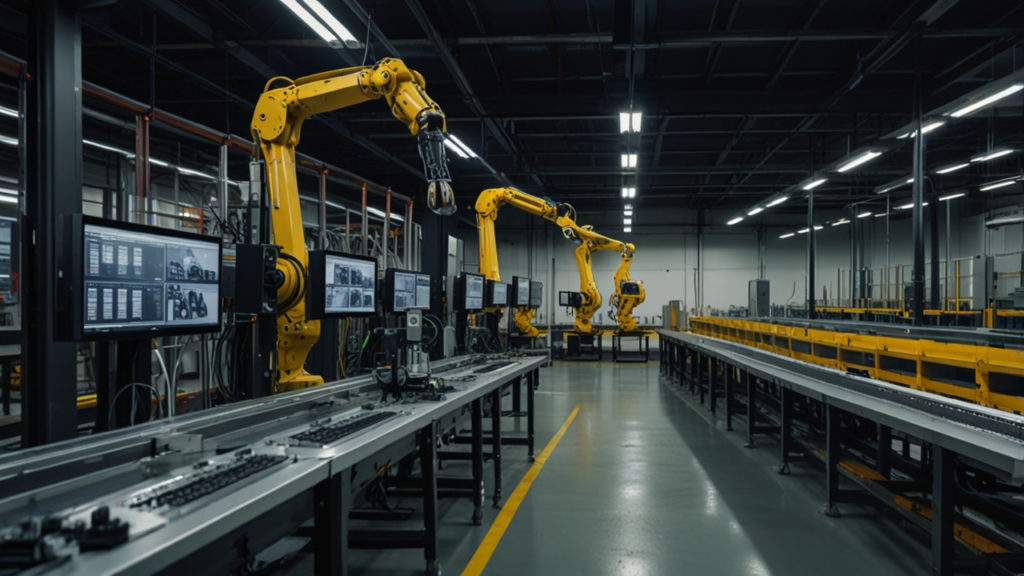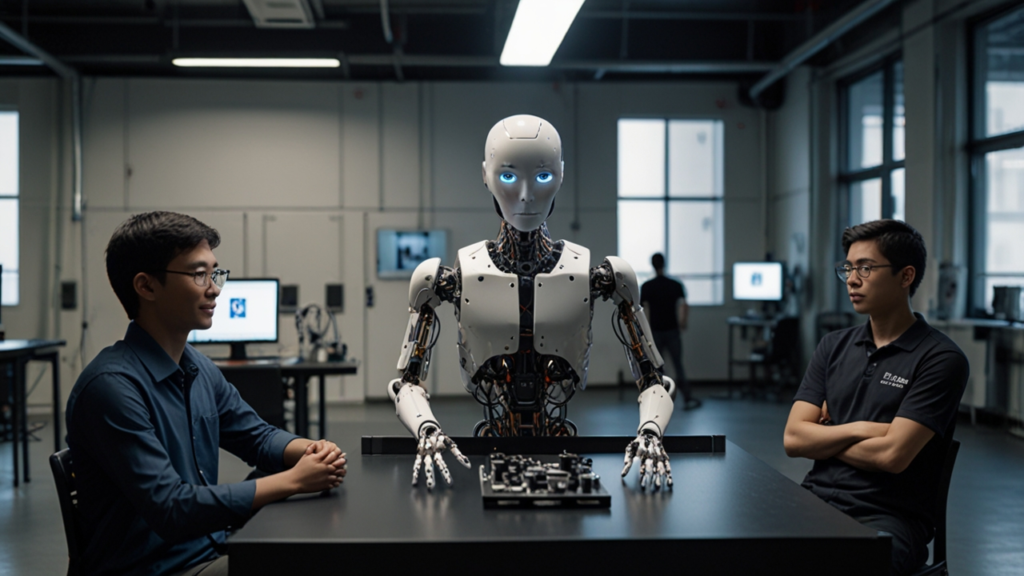Robotic Process Automation Tools: 6 Core Benefits
Robotic Process Automation Tools streamline business operations through software robots that automate repetitive tasks and enhance operational efficiency across organizations. This guide examines 6 fundamental advantages: 1) Error reduction and accuracy, 2) 24/7 operational availability, 3) Cost reduction benefits, 4) Scalability and flexibility, 5) Compliance and audit trails, 6) Employee productivity enhancement.
Robotic Process Automation Tools: 6 Core Benefits Read More »
